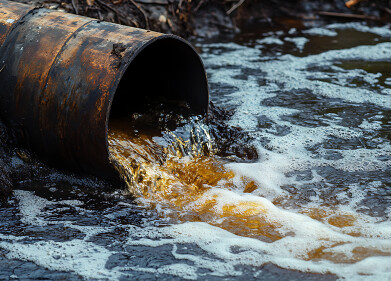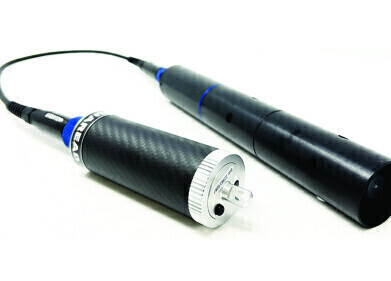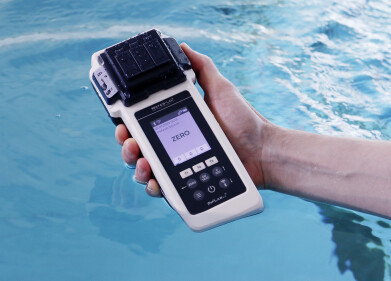-
 The mobile lab
The mobile lab
Water/Wastewater
Integrated water resource management in South Africa - Innovative solutions for the protection of water in emerging economies
Nov 12 2013
South Africa is one of the emerging economies. The strong growth of industry and population increasingly influences the water resources in a negative way. To secure the sustainability and for the protection of water, international projects are being launched and innovative solutions are being developed. The German Federal Ministry of Education and Research sponsors projects that especially base on the cooperative partnership between industry and science such as the integrated water resource management (IWRM) pilot project in South Africa.
The IWRM refers to a region around the Middle Olifants, a river near of Pretoria. Its aim is to maximize the economic and social welfare in a fair way and in respect of the sustainability of vital ecosystems. This region is characterized by a large quantity of users with high water consumption. For the efficient, ecological and economical monitoring of water quality, analysis systems are required that are characterized by low costs of operation and environmental friendly methods.
Based on the high requirements of the project and the analysis of the local specific conditions (climate, working conditions, logistics, etc.), a suitable container was selected, constructed and equipped like a chemical laboratory. Additional facilities with protective measures such an alarm system are essential in this region. The mobile lab has an autonomous power supply and is ready for operation very fast. The laboratory is able to determine the most important sources of pollution and various water parameters, such as pH, conductivity and redox. Sumparameters such as TOC (total organic carbon), COD (chemical oxygen demand) and TNb (total bound nitrogen) are measured as well. Further LAR analysers determine the ammonia levels and toxicity. In addition the LAR QuickTOC analyser is equipped for the online operation as well as for individual measurements on site.
All analysers and sensors are part of one water cycle to enable the relevant reference of each parameter and measurement. The cycle starts with the sample taking through a submersible pump that is attached to a buoy. The submersible pump including the buoy is directly connected to the mobile laboratory container. In dependency of the samples` compostion and requirements, there are the following sample taking systems that may be used: The centrifugal separator (elimination of coarse contamination), the relaycontrolled sample taking system by WaterSam (additional control samples or reserve samples), and the patented LAR FlowSampler (enables the clogging-free sample taking).
The first field test of the mobile lab was a success. The measurement technology delivers accurate and reproduceable results, that are very significant and offer a reliable data base. The unique stand-alone character and the developed data transfer system of LAR, that provided measurement results directly via internet to the authorities and partners, are the biggest advantages for all participants. Authorities and project partners can use the results directly for further updates and evaluation.
Digital Edition
AET 28.4 Oct/Nov 2024
November 2024
Gas Detection - Go from lagging to leading: why investment in gas detection makes sense Air Monitoring - Swirl and vortex meters will aid green hydrogen production - Beyond the Stack: Emi...
View all digital editions
Events
Dec 02 2024 London, UK
Dec 03 2024 Dusseldorf, Germany
Dec 11 2024 Shanghai, China
Jan 12 2025 Abu Dhabi, UAE
Jan 14 2025 Abu Dhabi, UAE













.jpg)




